Length 17 m | First flight January 3, 1952 | |
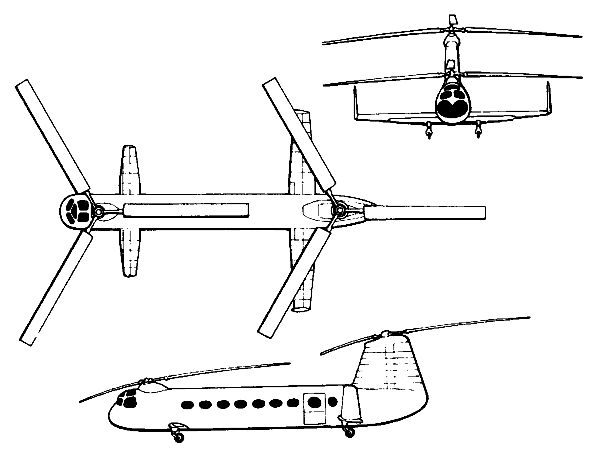 | ||
The Bristol Type 173 was a British twin-engine, tandem rotor transport helicopter built by the Bristol Aeroplane Company. It was designed by Raoul Hafner as a civil transport helicopter but evoked interest from the military. It did not enter production but was developed into the Bristol Belvedere which was operated by the Royal Air Force from 1961 to 1969.
Contents
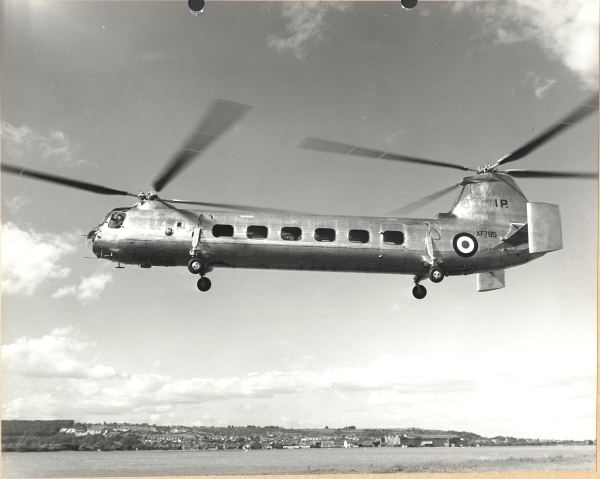
Design and development
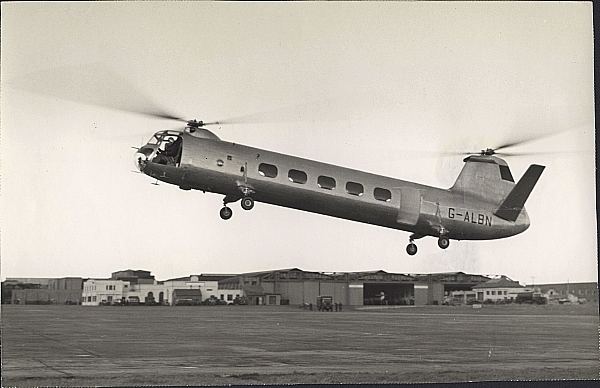
The Type 173 was a tandem rotor development of the earlier Type 171 Sycamore single-rotor helicopter. It used two units of the Sycamore's Leonides Major engine and rotor with a new fuselage. The rotor gearboxes were connected by a shaft which enabled one engine to drive both rotors if an engine failed.
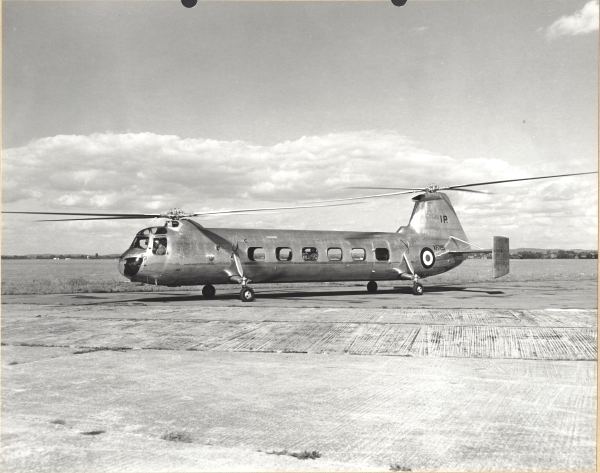
The first Type 173 Mk 1 registered G-ALBN made its first hovering flight on 3 January 1952 but it tended to fly backwards. After landing from a second hovering flight ground resonance developed. Modifications to the aircraft to correct these failures delayed the first flight out of the hover, which occurred on 24 August 1952. During 1953 it was evaluated by the Royal Air Force (using serial number XF785) and also carried out sea trials for the Royal Navy on the aircraft carrier HMS Eagle. To overcome resonance in the fuselage it was later fitted with four-bladed rotors.

The second Type 173 was designated Type 173 Mk 2 and allocated military serial XH379, and had a revised landing gear, with castoring front wheels and fixed rear wheels. It was also fitted with small stub wings at the front and rear to improve the cruise speed, the stub wings being removed after a few flights when the helicopter was used for Naval trials, and an unswept tailplane was added. As a result of the trials the Royal Navy showed an interest in ordering the type for carrier duties. In August 1956 the second prototype was leased to British European Airways for evaluation. The Mk 2 aircraft was destroyed in an accident during an air show at Filton in September 1956. The helicopter crashed into the ground nose first while making the transition from hover to forward flight. The crew escaped unharmed but the aircraft was written off. After the crash the tailplane was salvaged from the Mk 2 and fitted to the Mk 1 to investigate the best configuration for stability.
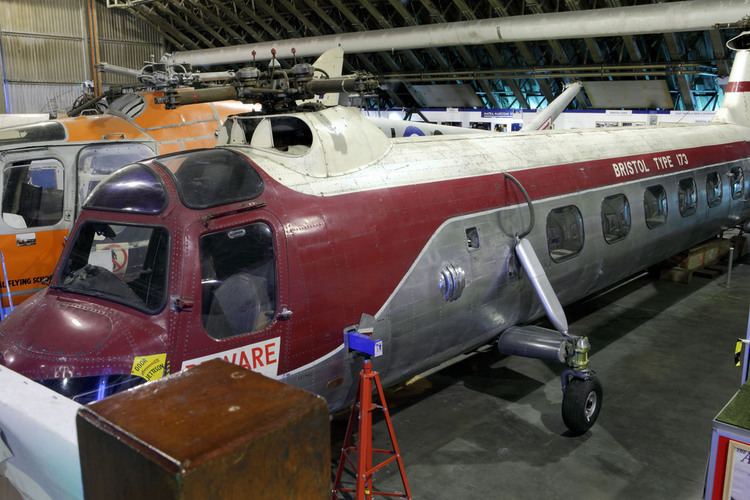
The company received a contract for three evaluation helicopters from the Ministry of Supply, these improved Type 173 Mk 3 had four-bladed rotors, a taller aft pylon for improved efficiency in gusty air, stronger airframes and were powered by 850 hp Alvis Leonides Major engines. They were to be used for evaluation by the Royal Air Force and Royal Navy which has both issued specifications in 1953 for tandem helicopters.
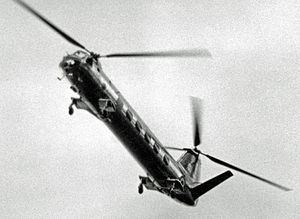
The Royal Navy requirement (Specification HR.146) was for a Leonides Major-powered aircraft for a shipborne helicopter for anti-submarine, rescue and transport duties, Specification HR.149 was for a similar aircraft for the Royal Canadian Navy. The Royal Air Force issued specification H.150 for a general-purpose transport helicopter with the ability to lift bulky external loads. Bristol produced three designs, the Type 191 to meet the Royal Navy requirement, Type 192 for the Royal Air Force and the Type 193 to be built in Canada for the Royal Canadian Navy. In April 1956 orders were placed for 94 helicopters of all three types, prototypes with Leonides Major engines and production aircraft to use Napier Gazelle turboshafts.
The third Type 173 was first hovered on 9 November 1956 but further flights were stopped when engine overheating and transmission failures were experienced during ground rig trials. Although these problems were not severe they were used by the Admiralty as part of the case to cancel the British naval order and place an alternate order for the Westland-built variant of the US Sikorsky S-58s. Soon afterwards Canada cancelled the Type 193 in an economy drive. The company concentrated on the Gazelle-engined Type 192 for the Royal Air Force and the first two of the cancelled Type 191s were used as Gazelle ground test rigs, the third being used as a control fatigue rig. The original Royal Air Force order for 22 was increased to 26, and the first Type 192 (later named the Belvedere) flew on 5 July 1958.
Variants
Operators
Aircraft on display
The prototype Type 173 XF785 was on display at Bristol Aero Collection, Kemble until the Collection closed in May 2012. A move to a hangar at Filton was expected later in 2012. This aircraft was stored at the RAF Museum Cosford until 2002, when it was moved to Kemble.
Specifications (Type 173 Mk 2)
Data from Bristol Aircraft since 1910
General characteristics
Performance
